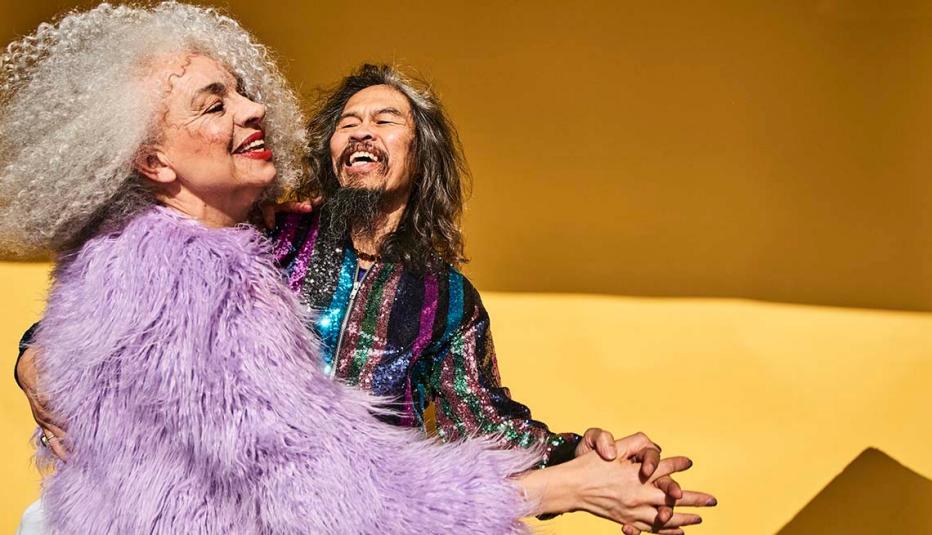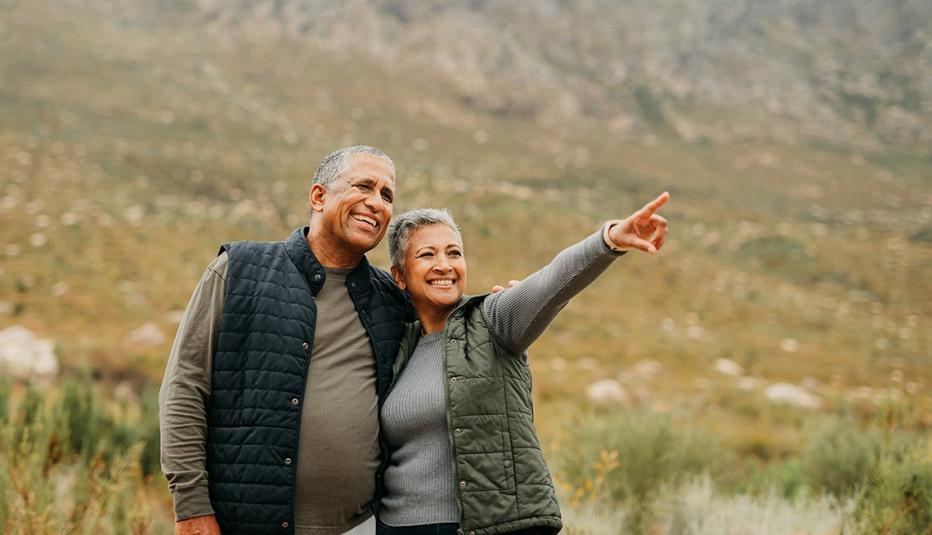AARP Hearing Center
The photos of older people that you see online aren’t always an accurate reflection of what they typically look like or do, according to a recent AARP study. Not only can those images mislead people of all ages, visual depictions of the 50-plus crowd are often missing altogether.


To get a sense of how older adults are depicted, researchers reviewed a random sample of more than 1,000 online images from brands and thought leaders posted on news sites and social media with at least one million followers.
Although 46% of the U.S. adult population is over 50, only 15% of images containing adults include people in that age segment, the study finds.
In fact, images suggest homogeneity of adults ages 50 and older and exaggerate stereotypical and outdated physical appearance characteristics. For instance, though data show that 31% of adults age 50-plus have colored their hair in the past six months, only 15% of images are shown with people who have nongray hair. Also, 73% of images of adults 50-plus show people with wrinkles and 12% have age spots, while just 15% show people with clear skin.
Snapshots of younger adults online are often more varied and vibrant compared to older adults, especially those over 65.
The analysis shows that seven in ten images of people over 50 depict them in isolated situations—often seated, alone, with a partner, or with a medical professional where they were the recipients of care. They are most often shown as dependent with others “taking care of them.” Younger adults are often standing in the workplace, giving speeches, or actively participating in the world.
Based on what’s posted online, older Americans are apparently not very tech savvy. Just 5% of images of people over 50 depict them interacting with technology, despite data showing that people 50-plus will spend upwards of $84 billion on tech products by 2030. And when an image does feature both older Americans and technology, the typical setup involves a younger person teaching an older person how to use it.
Thirty percent of the U.S. labor force is age 50 or older, yet only 13% of images of 50-plus adults involve a work setting. This contrasts sharply with the 55% of images of people under 50 shown at work.
Visual representation of older people affects the attitudes, expectations, and behaviors of people of all ages. Inaccurate and stereotypical portrayals may have unintended consequences and contribute to ageism, including in the workplace.
To see how data from this study can help brands reframe aging, check out our data story, Is Your Brand Missing Out on the 50+ Market?
Methodology
A random sample of 1,116 images was drawn from more than 2.7 million images downloaded from professional and semiprofessional domains and social distributions for brands and thought leaders, defined as having at least one million followers. The media sources consisted of public digital and social content on news sites, blogs, Facebook, Instagram, and Twitter in 2018.
Natural language processing technology was used to find images using topical guides chosen to be reflective of online images. The topics were selected based on the hypothesis that adults age 50-plus were likely to be over- or under-represented in them (continuing education, family, finances, healthy living, medical, recreation, technology, travel, volunteering, and workplace).
For more information, please contact Colette Thayer at cthayer@aarp.org or Laura Skufca at lskufca@aarp.org. For media inquiries, please contact media@aarp.org.



































































